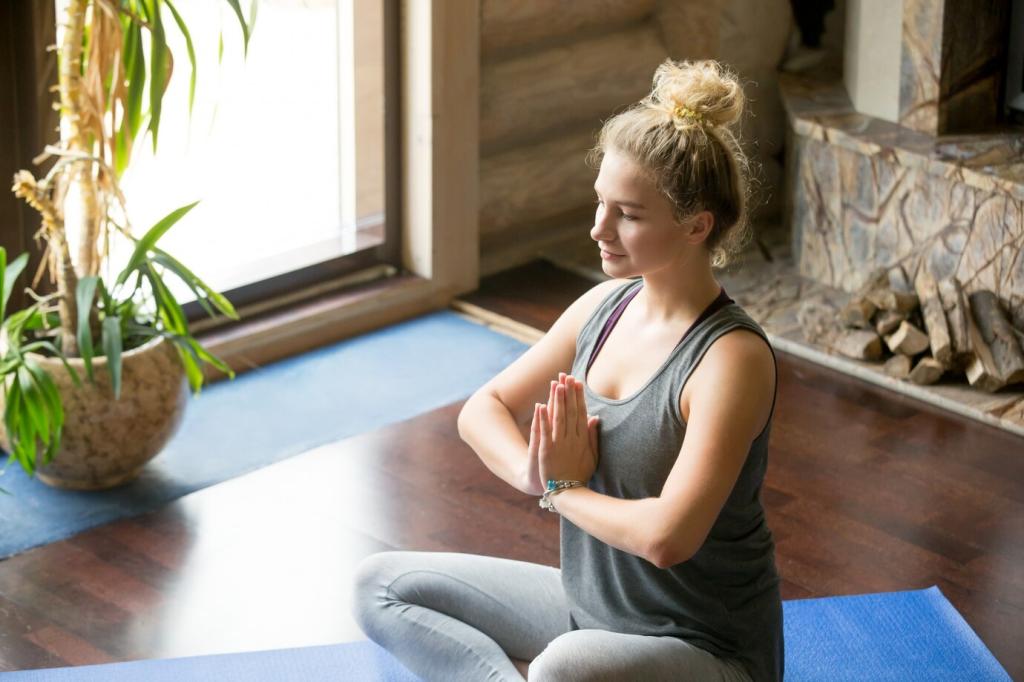Make It a Habit That Sticks
Attach meditation to something reliable like hanging up your gym bag or starting the shower. Two minutes is enough to begin. Once the link is automatic, extend to five or ten. Comment with the anchor that finally made your recovery practice non negotiable in a compassionate way.
Make It a Habit That Sticks
Create a recovery corner with a mat, timer, and headphones visible. Reduce friction so starting feels effortless. A small sign that says breathe and reset can be surprisingly powerful. Show us your setup or share a photo idea that keeps you accountable without adding pressure.






